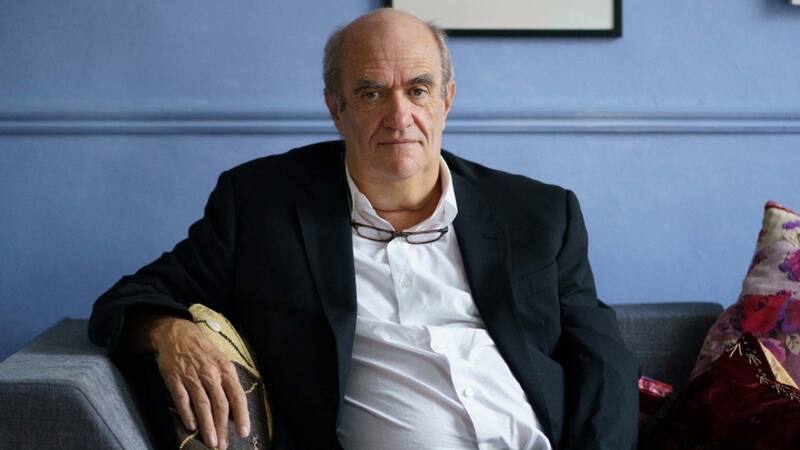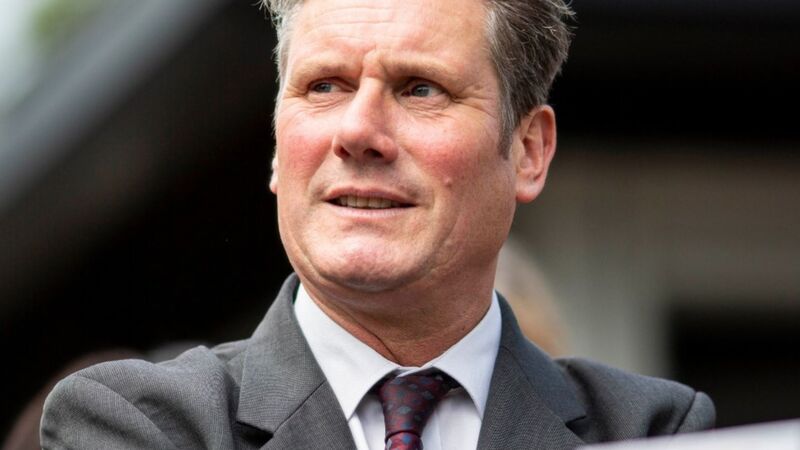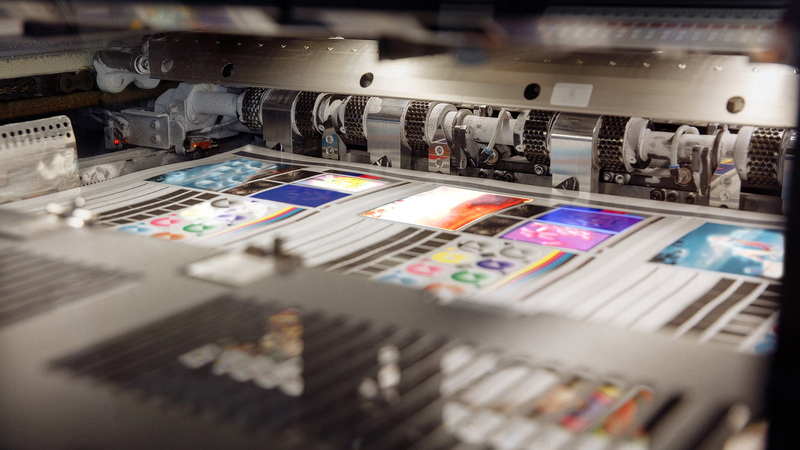You are viewing your 1 free article this month. Login to read more articles.
Trade predicts pressures on profits as costs rocket
The industry is facing an escalation in costs, as soaring energy prices and rising shipping fees add to the financial implications of distribution delays, with publishers, printers, analysts and retailers predicting pressure on profits and the likelihood of costs being passed on to consumers.
Illustrated children’s publishing in particular has taken a huge hit, with some presses seeing their printing costs rise by as much as 55%. A combination of Brexit and the blockage in the Suez Canal earlier this year caused freight costs at Nosy Crow to rise by 400%, while for paper and board stock, lead times have doubled and prices increased by more than 12%. As well as the books themselves, the cardboard required for export cartons, the wood used for pallets and issues with chemical delivery required for inks are having a domino effect on the press’ total revenue.
Nosy Crow m.d. Kate Wilson said: “It is fair to say that no part of the publishing supply chain is unaffected by this unprecedented crisis, with prices and lead times changing on a daily basis. The knock-on effect that this is having on our ability to supply our customers is significant and impossibly difficult to mitigate fully.” She predicted a hit of 4% to the year’s revenue.
A senior publishing figure described the situation as “a movable feast” with escalating printing costs in the Far East matching those in Europe, cutting back on any saving children’s divisions can make from going overseas. “Basically costs are going up across the board,” they said. “It’s not rocket science really. The pressures that build, if they sustain themselves like this, mean that you either have to increase your prices to the consumer or you have to hunt around for more cost-efficient ways of doing what you do. I suspect every publishing house is doing both... Prices will probably go up a bit and we will find efficiencies in the whole supply chain.”
A printer revealed to The Bookseller that there are price rises in all component areas, with double-digit increases within what were fixed pricing agreements, although supply was “OK at the moment”. They added: “There is more to come given raw material availability and rising energy prices. This is a lot for printers to bear, especially at a time where there is pressure for more investment to keep up with the increased demand.”
Passing the buck
Joseph Evans, head of tech at Enders Analysis, said issues such as rising energy prices and issues over fuel availability had worsened the supply journey. “I think there is a general recognition that prices of print titles need to rise or profits are going to be hit, maybe badly,” he said. “The market can support higher prices: as gifts, entertainment and information sources, books are currently excellent value. In real terms, average r.r.p.s are about 20% lower than they were in 2010. Books are also highly differentiated, which should mean readers mostly don’t discriminate on price, even between different titles in the same genre and in the same shop.” He suggested “it might help the industry as a whole if one of the big houses led the way”.
At indie Orenda Press, publisher and founder Karen Sullivan suggested it is “becoming almost impossible” to publish in the current climate and called for an “urgent” industry-wide conversation. She said there had been major price rises over five years for titles with the same print run, price point and finishes. The discount margin has also increased from around 45%, when Sullivan first started Orenda in 2014, to 55%–65%. Sullivan called the increases “unsustainable”.
Cost increases of 10%–15% passed on by retailers and printers are “enough to wipe us out, and I would think that applies to most independents,” Sullivan said. “Even with high print runs for our big sellers, we almost always lose money, particularly on our translated titles, and although other formats go some way towards mitigating this, they too come with their own expenses in terms of conversion, marketing and advertising.”
She warned there could be stark consequences: “The inevitable outcome of all of this is going to be the loss of independent publishers, and with that the wonderful books we find, the riskier, bolder publishing, the variety of books available to readers, the wealth of culturally diverse, original reads.”
Low on energy
Nick Wells, founder and publisher at Flame Tree Publishing, suggested that the previous supply crises have distracted from the increasing urgency of the rise in energy prices. “The extent of the energy crisis is only just manifesting because we are all dealing with the other major problems—Covid, containers, shipping, haulage logistics and customs/Brexit challenges—at the most critical time of year for sales,” he said.
“The main pressure on cost, due to the various challenges and now energy price increases, has not yet affected the consumer because prices are already settled. But the severe uptick in current logistics costs, and the coming energy price increases, will affect paper, warehouses, haulage, over the next six months or so as we all look beyond the natural price barriers of £9.99, £14.99, £19.99 and £24.99. Core suppliers are forced to increase their costs, and retailers, suffering their own energy price lifts and erratic patterns of trade, put pressure on trade discounts.”
Ivan O’Brien, m.d. of The O’Brien Press, has seen a cost increase of up to 30% on the production of certain titles, which is resulting in a “nail-biting autumn”. Currently he said the press just has “to soak up the extra cost” but warned a longer-term solution was needed. “We’ll have to consider what to do in 2022 and beyond if this continues, as the margin squeeze could become unsustainable.”
Caroline Summers, c.e.o. of virtual wholesaler Paperback Shop, said: “The energy crisis is something which is going to hit us all next year and those of us with a smaller premises footprint are going to be able to manage these exorbitant increases better.
“For the price increases we have seen this year in packaging, with cardboard and paper costs rising by 50%, we have absorbed many of these without having to increase prices to consumers. However, given the increasing fuel and Covid surcharges we are seeing levied on us by carriers, we will have to look closely at our pricing models to ensure they provide the commercial assurance we require. We are all being told that prices will have to increase to combat this, and while with my consumer hat on I do not like it, I understand this if I want to purchase a particular product.”
As noted by publishers who spoke to The Bookseller on the issue, the trade must adhere to UK competition law and avoid anything that resembles price-fixing when book costs are discussed. The Publishers Association explains the position thus: “Any information that might signal future commercial strategy to the market or enable a competitor to change its own competitive strategy is competitively sensitive, and its exchange (between competitors) is restricted by competition law.
“This includes, among other things, information on pricing (including future r.r.p.) and pricing strategies, input costs, launch strategies, upcoming promotions, distribution practices, conditions of supply, and confidential terms and conditions of business.”
Andre Breedt, m.d. of Nielsen Book, told The Bookseller that the factors pushing costs up for the industry were likely to last “an extended period of time”. He said: “If you look at all the background and subtle changes in costs, increases in prices are inevitable. The question is how much, for how long—and how much do various businesses pass on to the end consumer?”



















